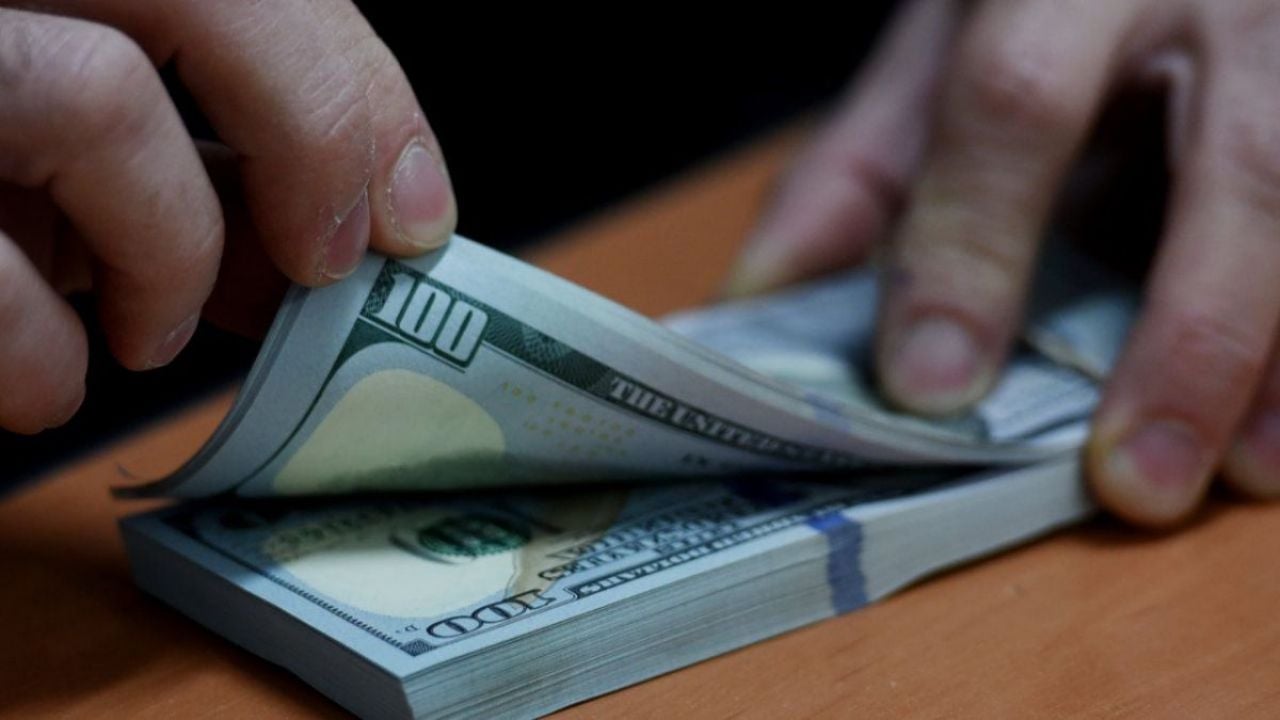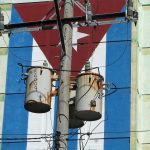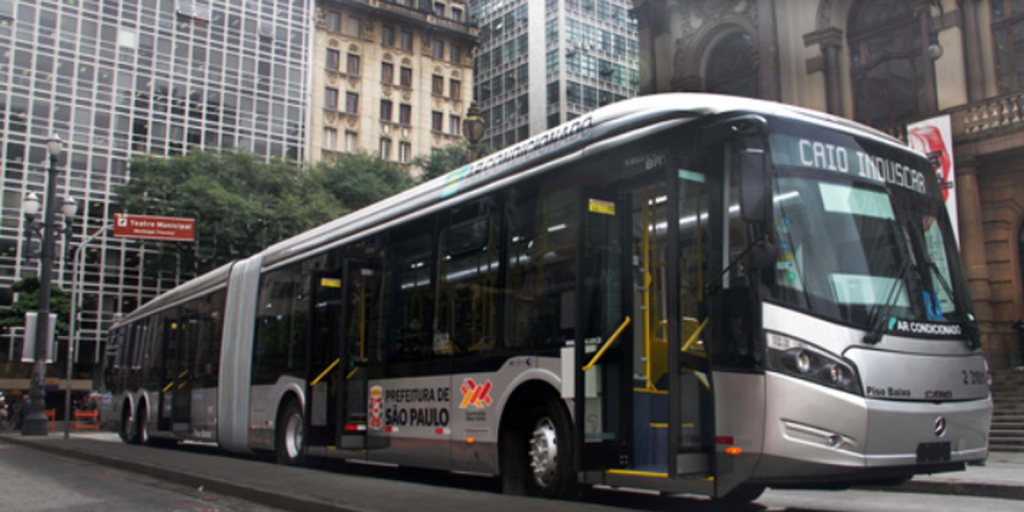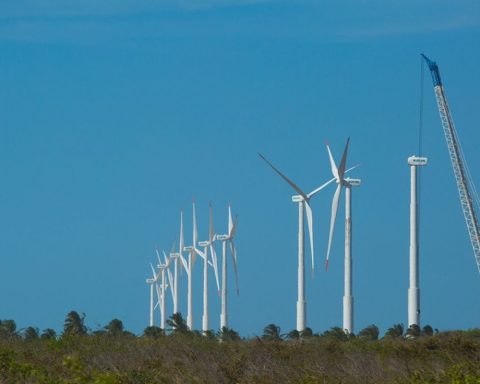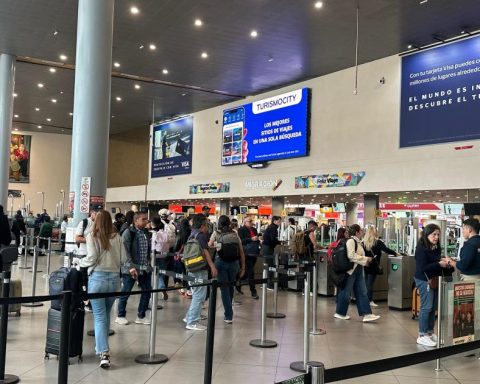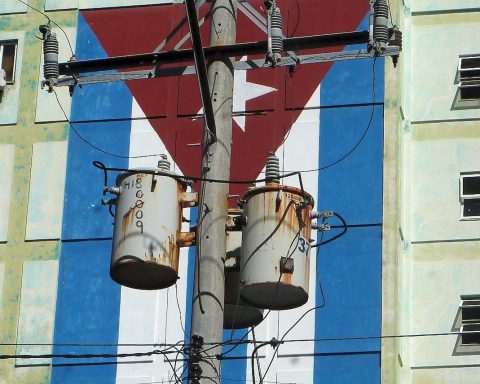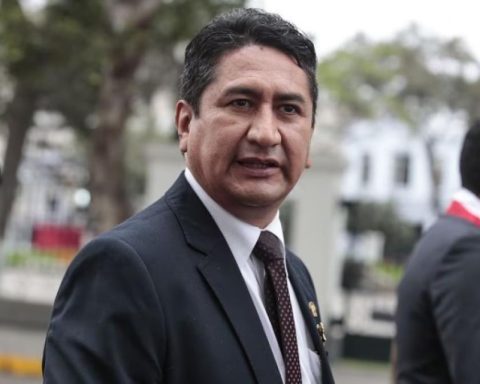This Monday, January 6, the price of dollar in Argentina it showed significant differences between the official dollar and the blue dollar, reflecting the persistent exchange gap that characterizes the Argentine market. The official dollar, controlled by the Central Bank of the Argentine Republic (BCRA), was quoted at $1,015 for purchase and $1,055 for sale on the screens of the Banco de la Nación Argentina (BNA).
This exchange rate is used for formal transactions and is regulated by the government, with the objective of maintaining economic stability and controlling inflation. On the other hand, the dollar blue, which operates in the informal or parallel market, was quoted at $1,185 for purchase and $1,205 for sale in the City of Buenos Aires.
This exchange rate is not regulated by the government and usually has a higher value than the official dollar due to demand and scarcity of foreign currency in the informal market. The exchange rate gap between dollar blue and the official one stood at 16.37%, which indicates a significant difference in the prices of the US currency in the different markets.
This gap is a manifestation of economic tensions and lack of confidence in the official exchange rate, which leads citizens to turn to the parallel market to obtain dollars. In addition to the official and blue dollars, other types of financial dollars are also quoted in Argentina, such as the cashed dollar with settlement (CCL) and the MEP dollar.

Fountain: Dollar Today.
He dollar CCL was quoted at $1,179.04 for purchase and $1,184.21 for sale, while the MEP dollar was quoted at $1,161.78 for purchase and $1,165.88 for sale. These exchange rates allow investors to buy Argentine papers in the local market and sell them abroad to transfer foreign currency.
The difference between the dollar blue and the officer has a significant impact on the Argentine economy. The high price of the blue dollar reflects inflation and the devaluation of the peso, which negatively affects consumers and companies that depend on imports.

Gap
In addition, the exchange gap can encourage speculation and capital flight, which further aggravates the country’s economic situation. The Argentine government has implemented various measures to try to reduce the exchange rate gap and control inflation.
Among these measures are the purchase of dollars in the international market by the BCRA and the implementation of restrictions on the purchase of foreign currency by citizens. However, these measures have had a limited impact on reducing the exchange rate gap and stabilizing the economy.
follow us on Google News and on our channel instagramto continue enjoying the latest news and our best content.
